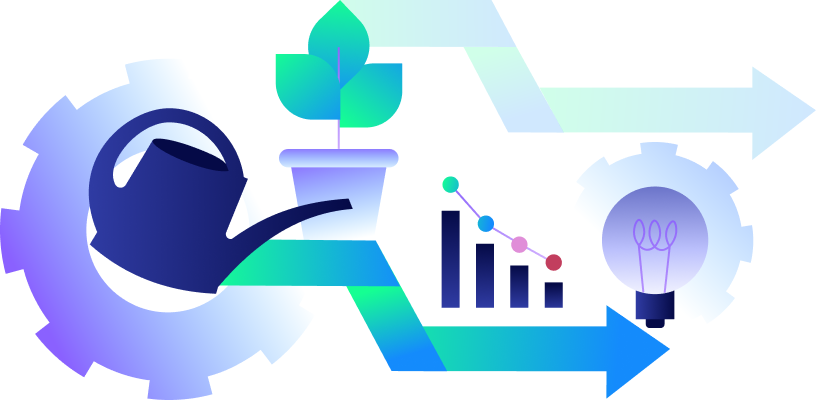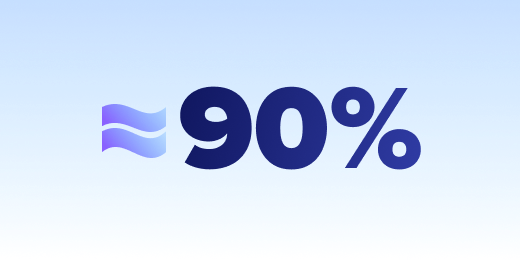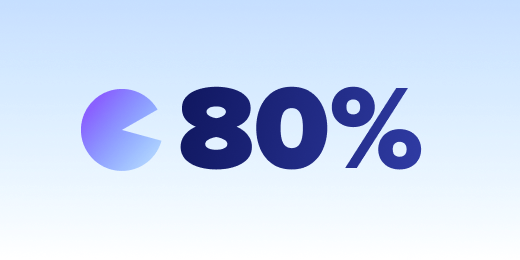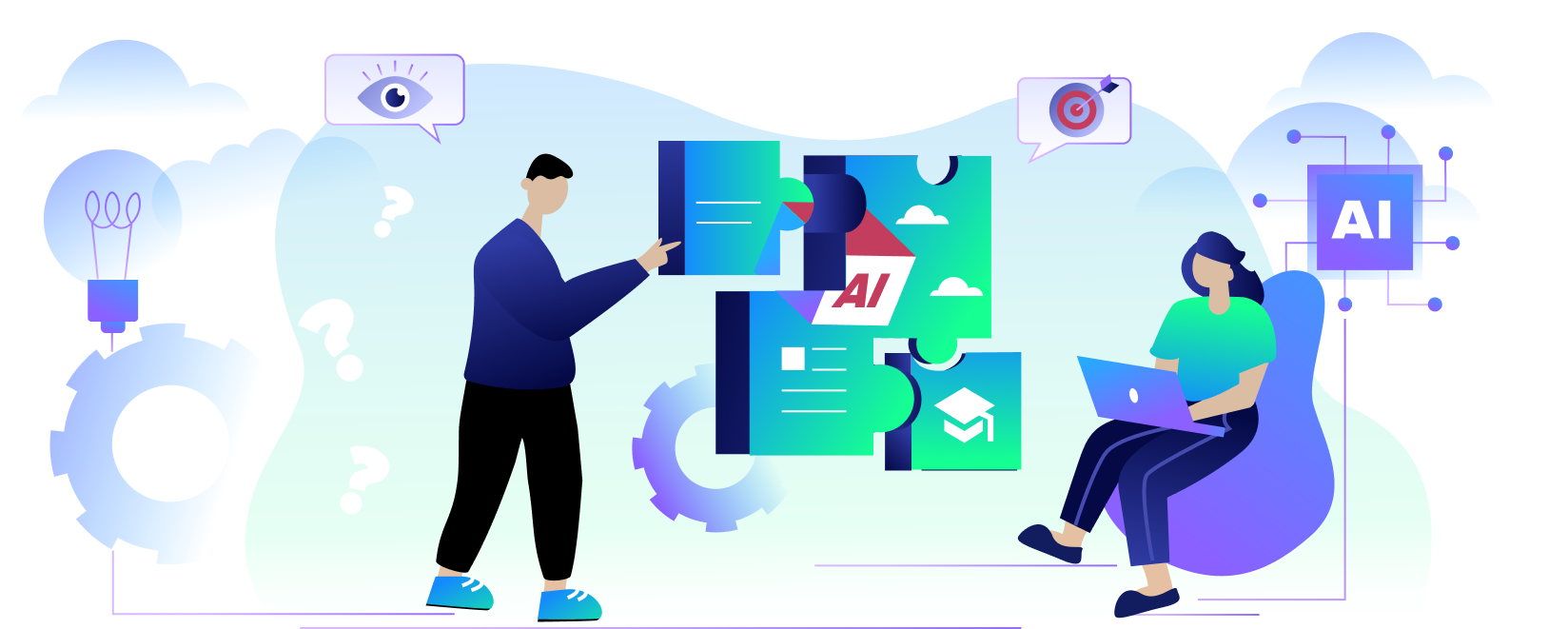
Solving the Educator Shortage Crisis With AI

The American education system has never been perfect, but it’s also never been as precarious as it is right now. While many issues began to corrode the system following the economic crisis of 2008, these were further compounded by the COVID-19 pandemic. Now with over 75% of U.S. states experiencing a teacher shortage, the situation has become critical.
The unfolding public education crisis
 |
 |
 |
|
Since the beginning of 2020, nearly 90% of educators have seen more people leaving the profession or retiring early. |
Of those who remain, 80% report that the vacancies have led to added work obligations for them. |
Nine out of 10 teachers say that feeling burned out has become a serious problem. |
It’s not just current teachers suffering, but the field of teaching as a whole. Over 40% of teachers quit within the first five years. And they don’t simply leave their teaching position at a specific school; they usually leave the teaching profession completely. Of current teachers, only 10% would recommend this career path to a young adult.
As there are many reasons for the teacher shortage issue, there is also no one-size-fits-all fix. Some solutions have been touted repeatedly, including higher pay and other financial incentives, expanded teacher training programs, increased teacher support, and improved working conditions.
While using technology in schools has become commonplace with online learning platforms and virtual classrooms, one potential solution is still overlooked: artificial intelligence (AI). Despite AI becoming a major trending topic, many haven’t thought to apply its tools to public education.
Unlocking AI’s power
While it may seem like everyone in the business world is talking about AI, few — if any — are focused on how it can improve education.
Two of the most recent studies on the teacher shortage specifically mentioned that out-of-date statistics or the lack of granular data at the state and district level made the issue hard to solve. Detailed data is necessary for policymakers to develop effective initiatives. One of the biggest benefits of AI is its ability to gather and synthesize large datasets.
Utilizing the power of AI in analyzing your data and creating tailored solutions for your students will give your school district the power to impact more lives and retain teaching talent.
Potential AI-based education solutions
There are several ways that AI can specifically contribute to improving teacher working conditions. Now, instead of teachers investing countless hours of their time and effort into time-consuming activities like grading, AI-powered education tools can do this for them. In turn, this frees teachers to have more meaningful connections and time spent with their students.
AI enables teachers to provide a more personalized approach and meet the needs of individual students. With AI-based aptitude and learning style assessments, lesson plans are tailored to how that student learns. This not only benefits the teacher by saving them time and extensive effort but results in higher student engagement and improved knowledge retention.
This form of personalized education makes the classroom more inclusive for those that may have additional barriers within their education. AI-powered solutions like speech-to-text and automatic translation help overcome language barriers or learning difficulties.

AI makes learning fun, using simulations, games, and other interactive elements. The days of chalkboard and rote learning are far in the past. Finding methods to keep students motivated and engaged requires using some of the same methods as the games the students play at home.
Teachers and staff can further benefit from AI-supported systems, as the tools learn the teacher’s styles and provide professional development opportunities tailored to the needs and professional interests of each teacher. With one of the major criticisms of teacher retention being a lack of support and professional development opportunities, helping them stay up to date with the latest trends and best practices in education can ameliorate some of those flaws.
The system can use AI to power mentoring tools and connect them with others who share their teaching style and philosophy. Greater resource access provides needed support and guidance that empowers teachers and creates an incentive to stay in the field.
AI doesn’t get rid of testing requirements but makes them easier. Evaluating student learning and generating district-wide data is made much easier with AI. It enables the district to make informed and data-driven decisions, analyze various complex factors, and provide outside stakeholders as well as teachers with valuable insight into student progress.
AI can revolutionize public education
These rapid technological advancements provide a huge window of opportunity for the public education sector. District leadership can use AI-powered tools to improve the working environments not just for educators, but for students and administrative staff.
Automating routine processes such as grading or analyzing a wide range of data to uncover district-wide insight and trends, using AI-based technology in schools could revolutionize education. Put your district at the head of the class. SoftServe’s deep AI and public education expertise will get you there. Let’s talk.

